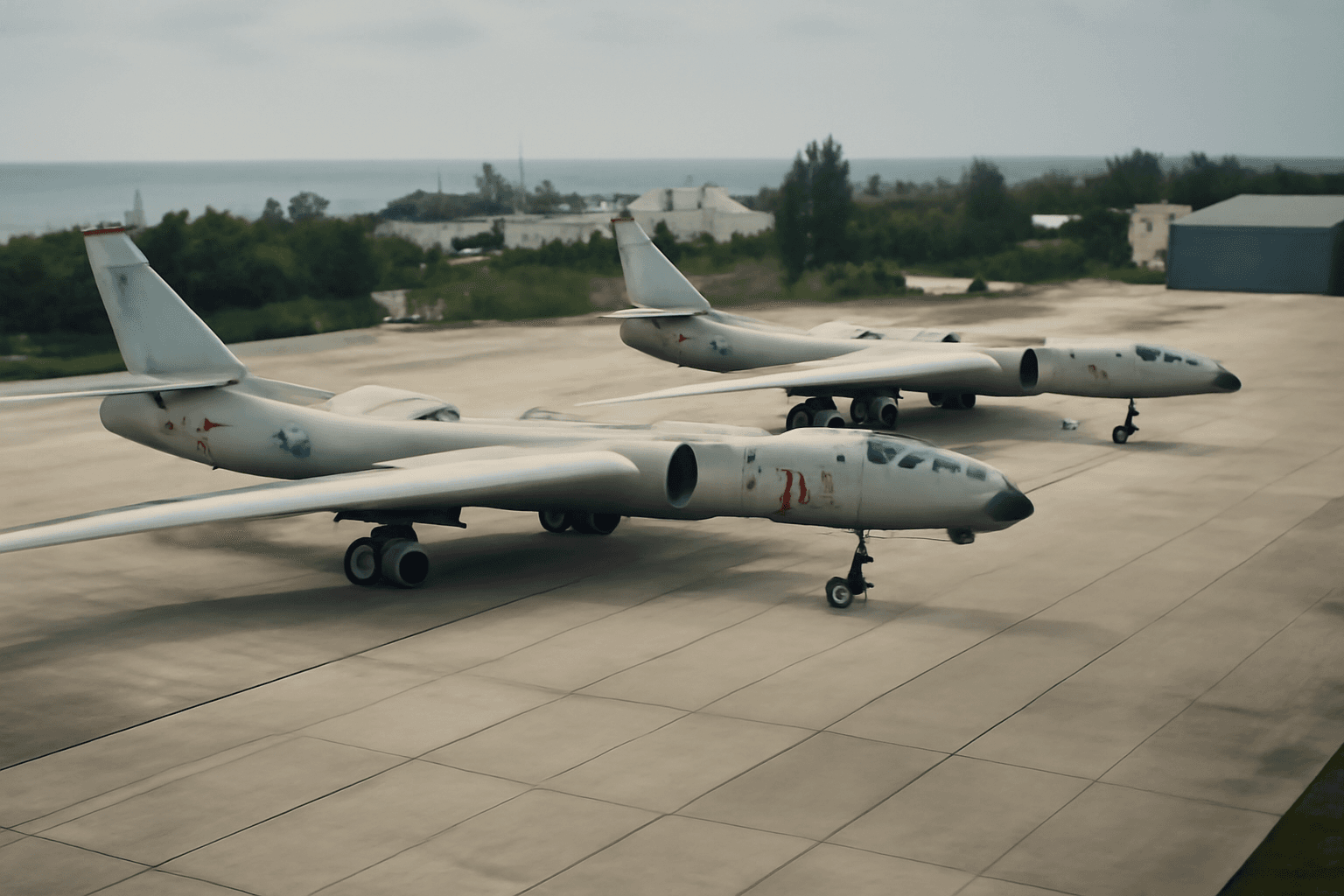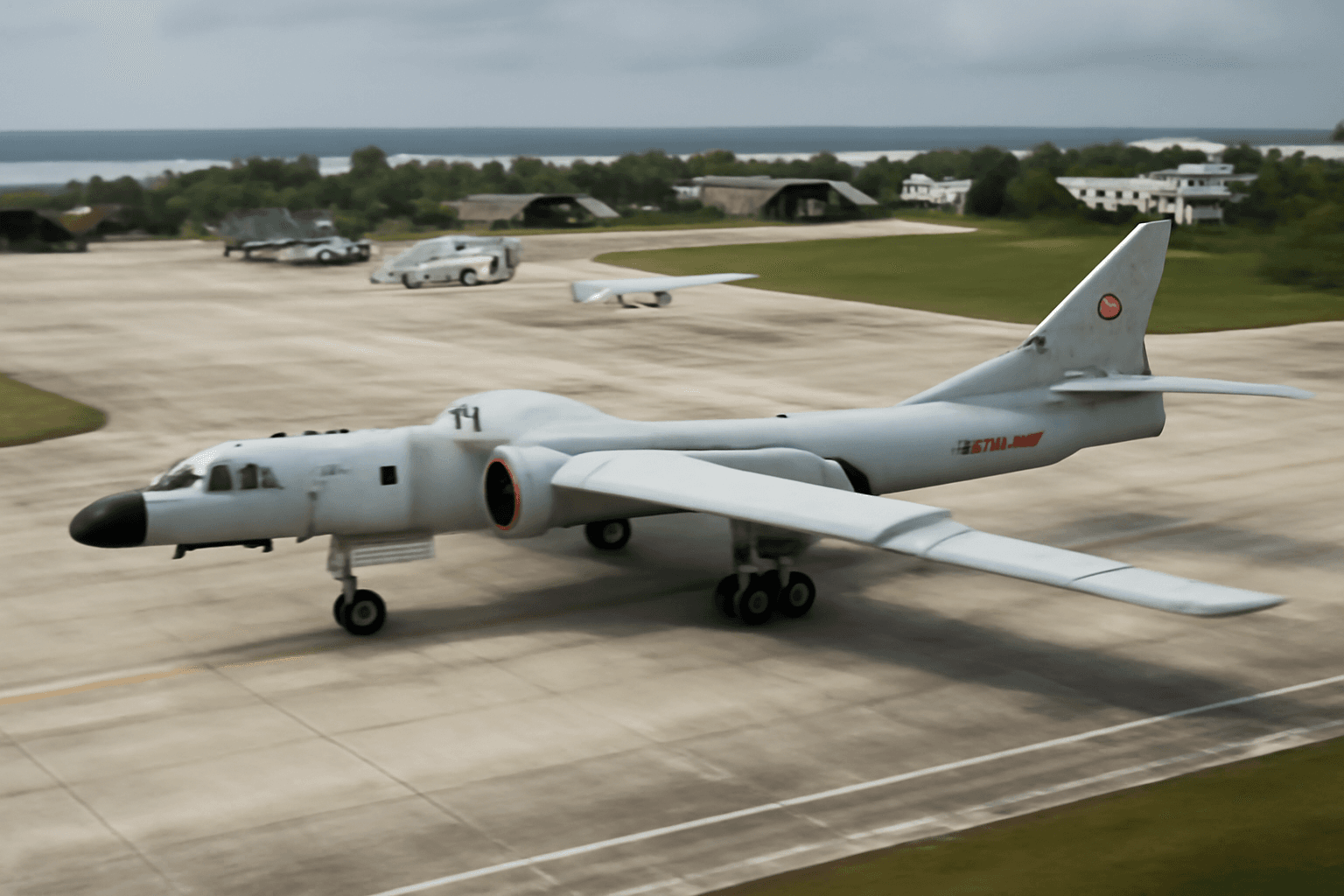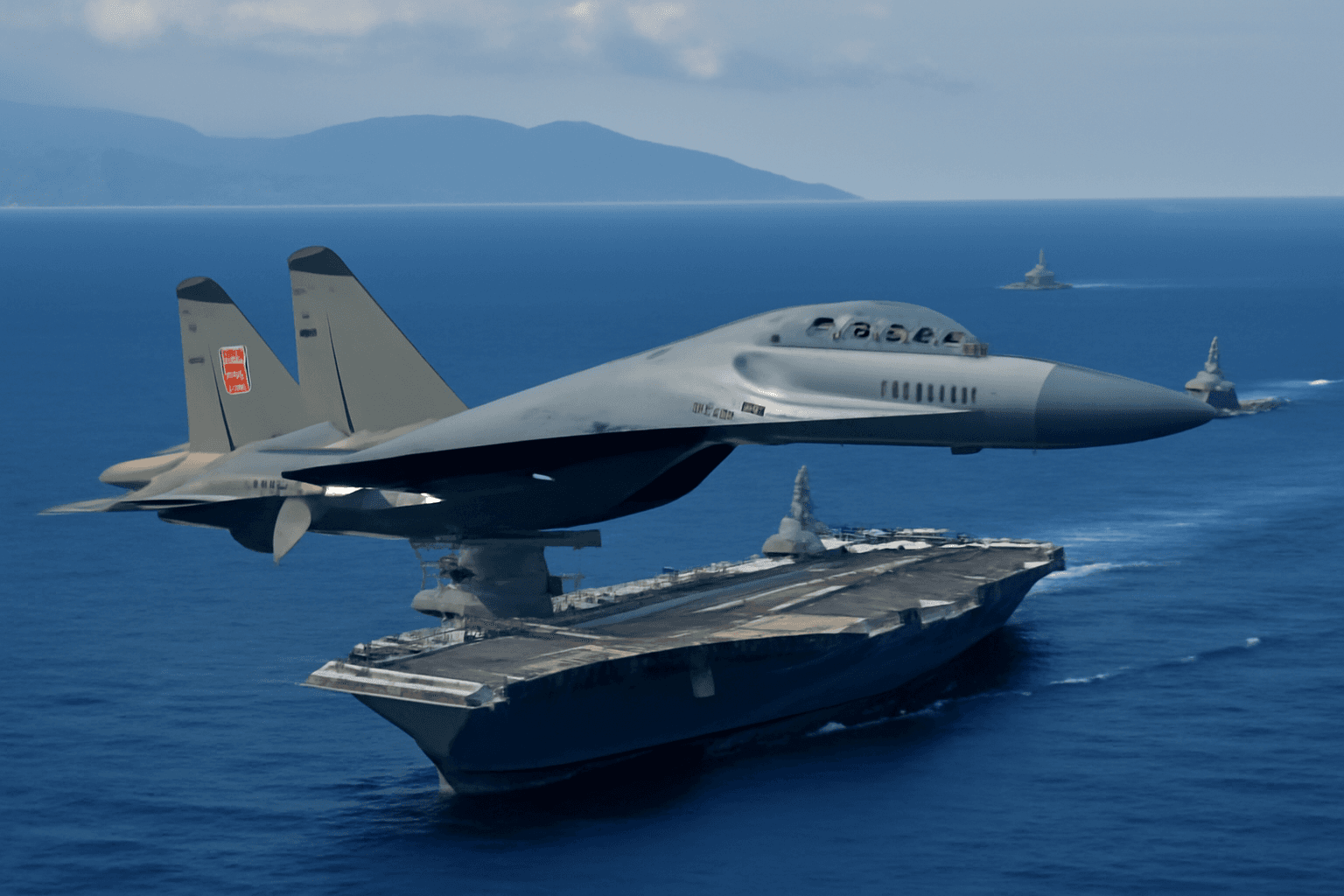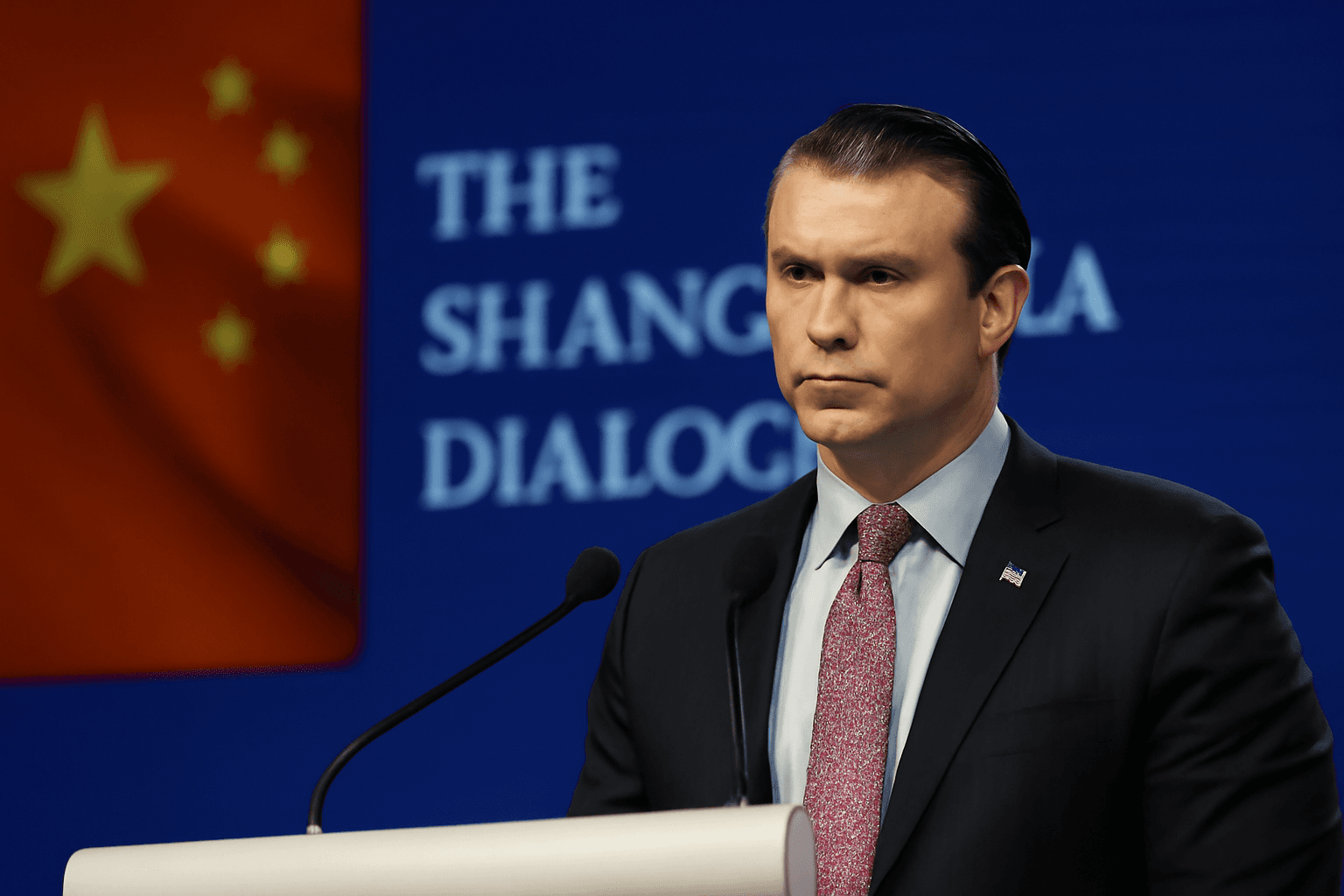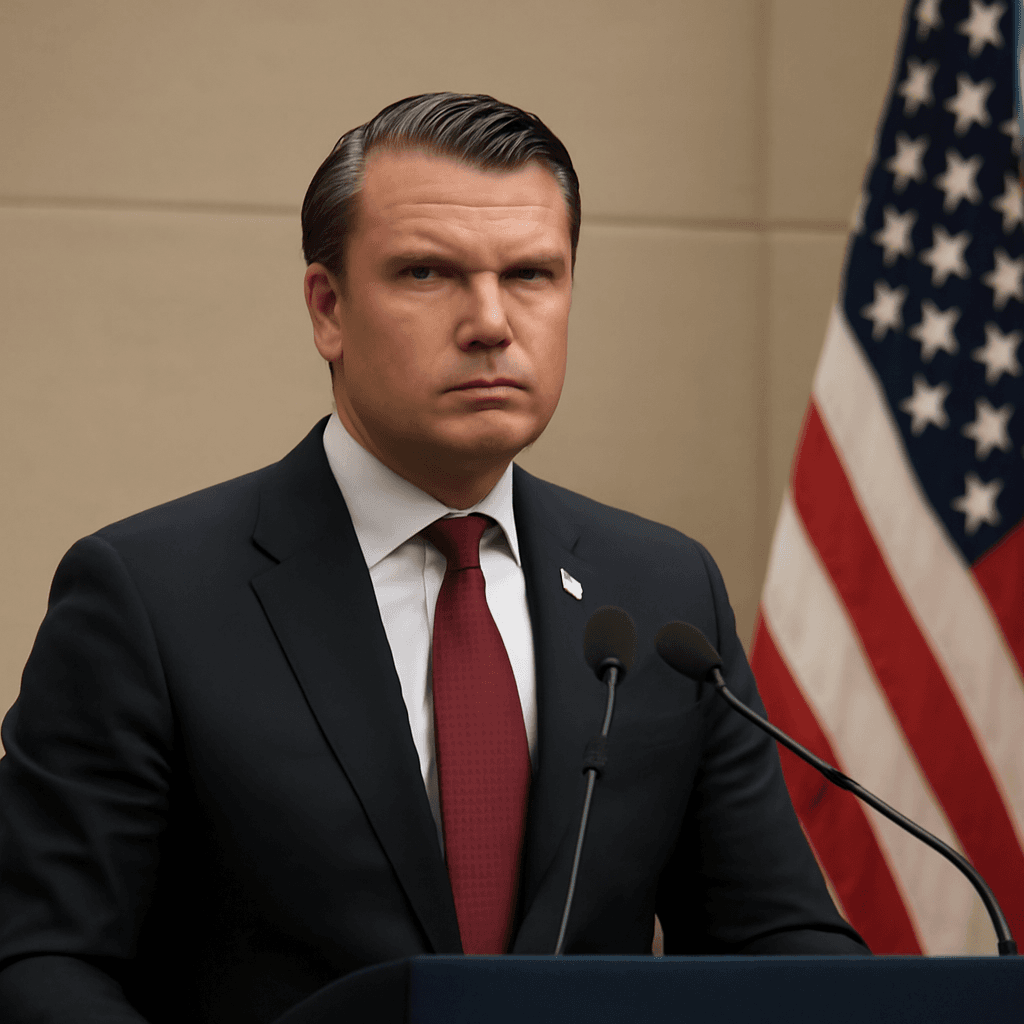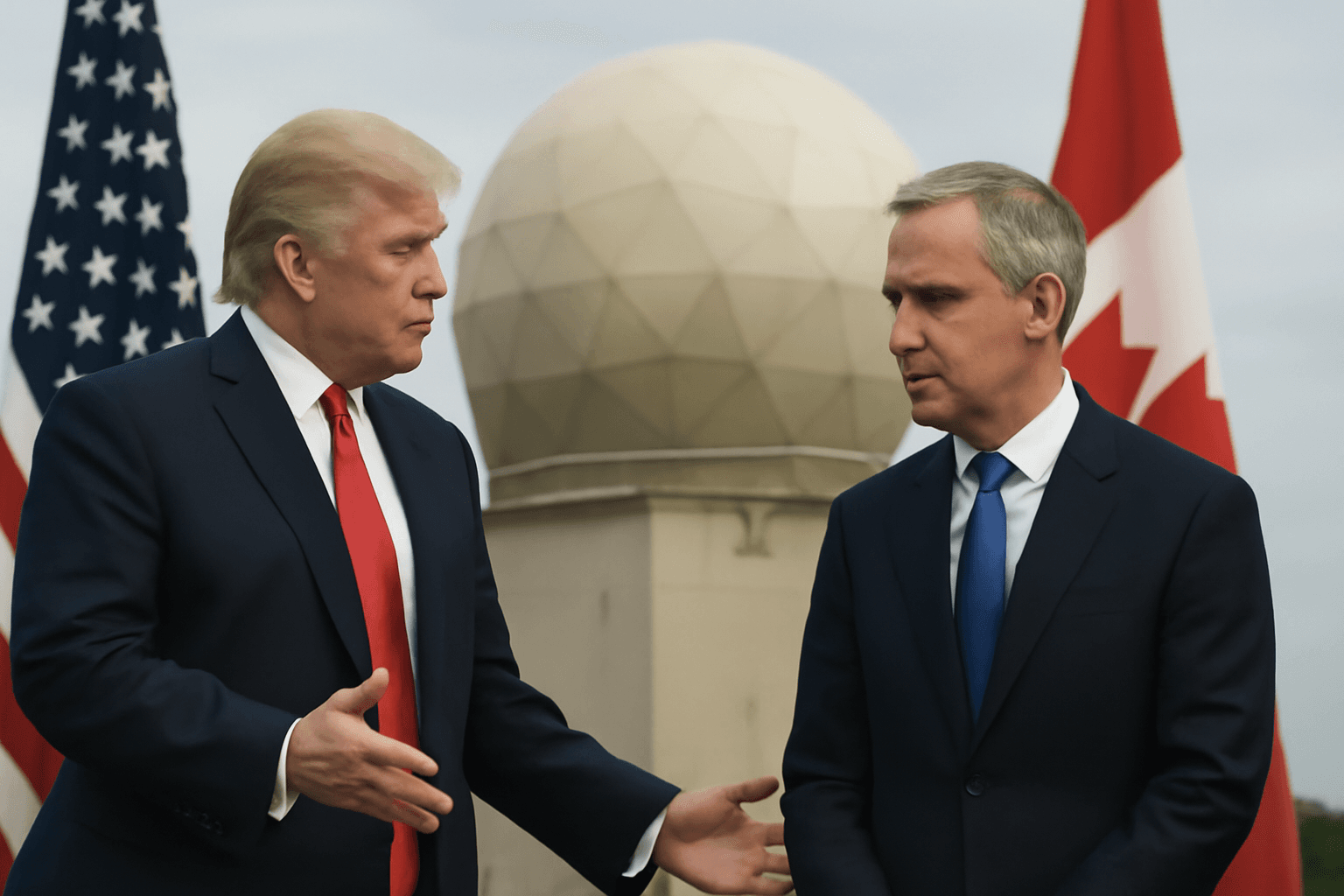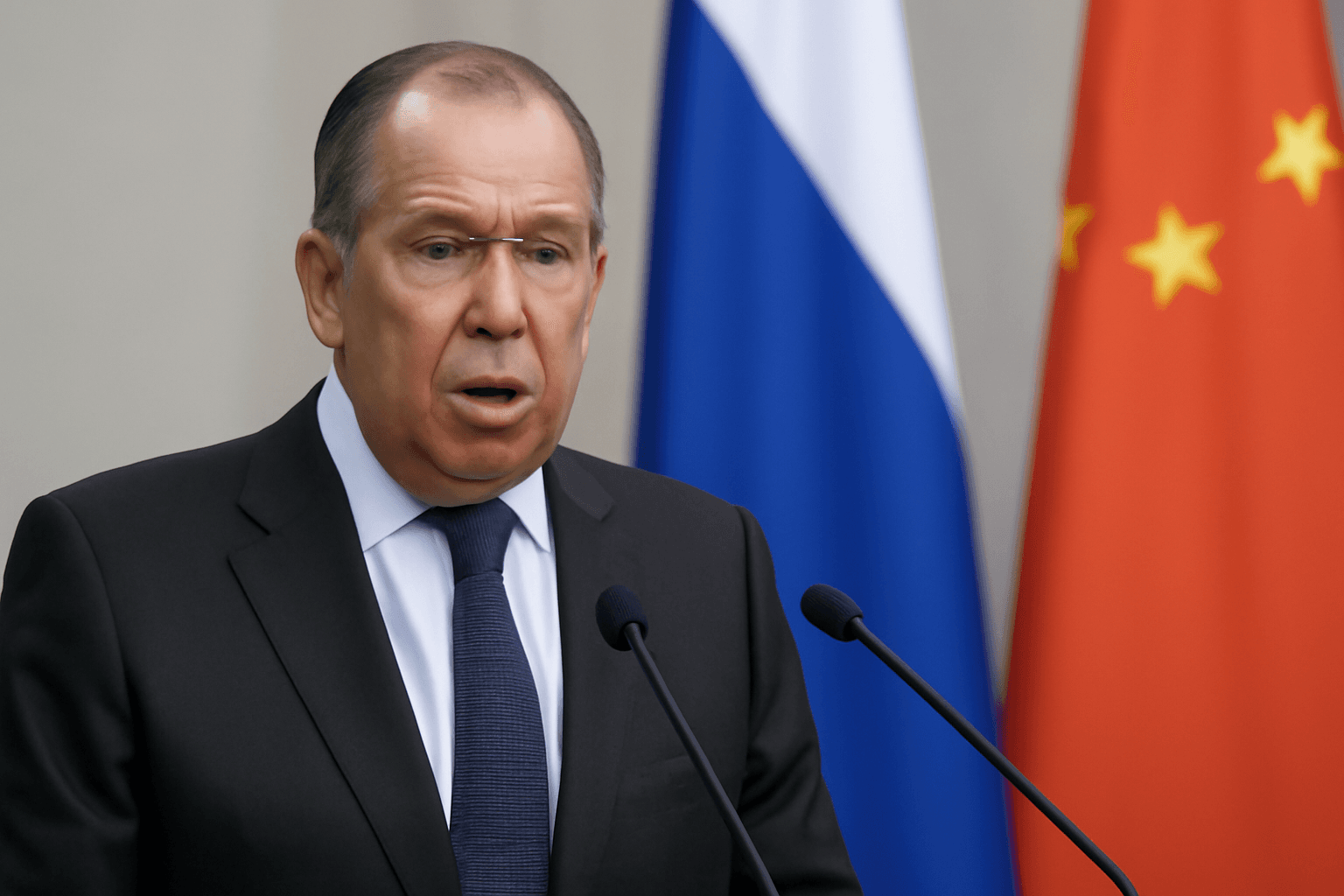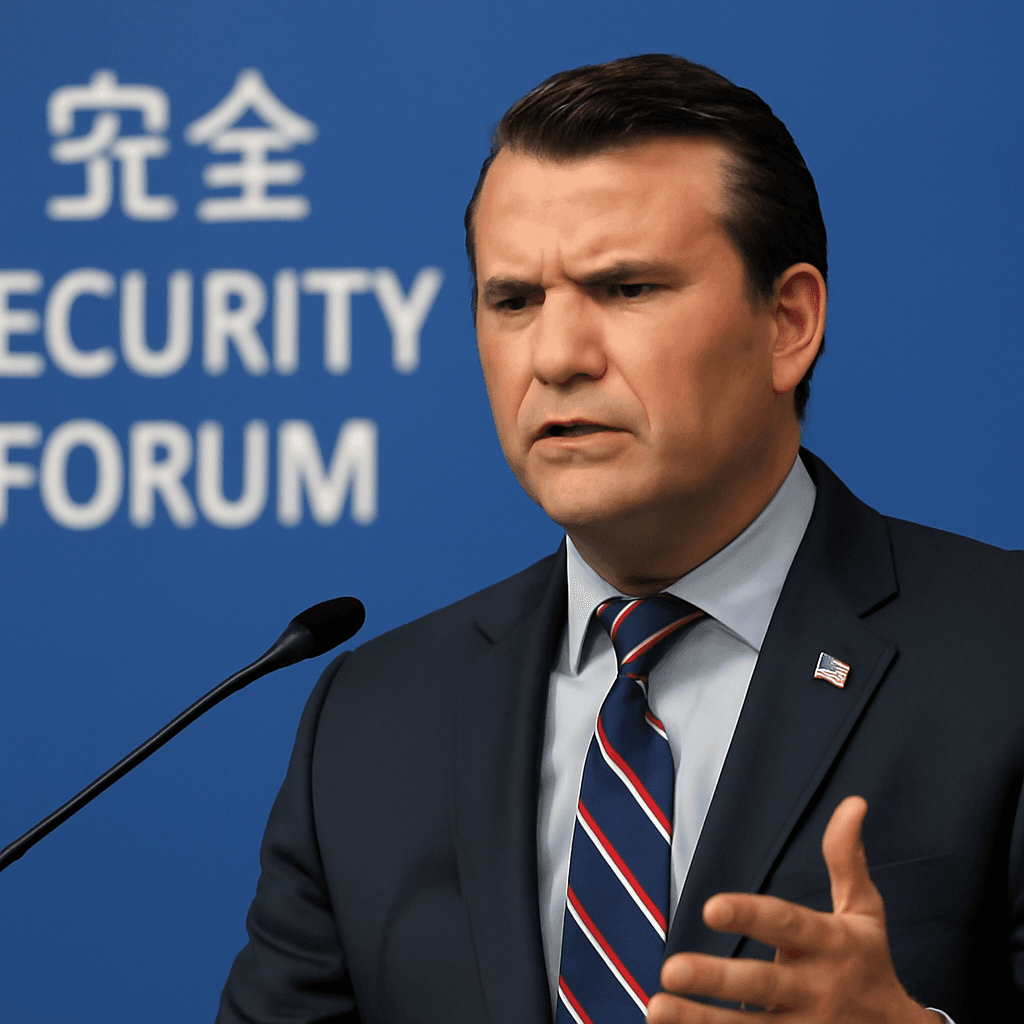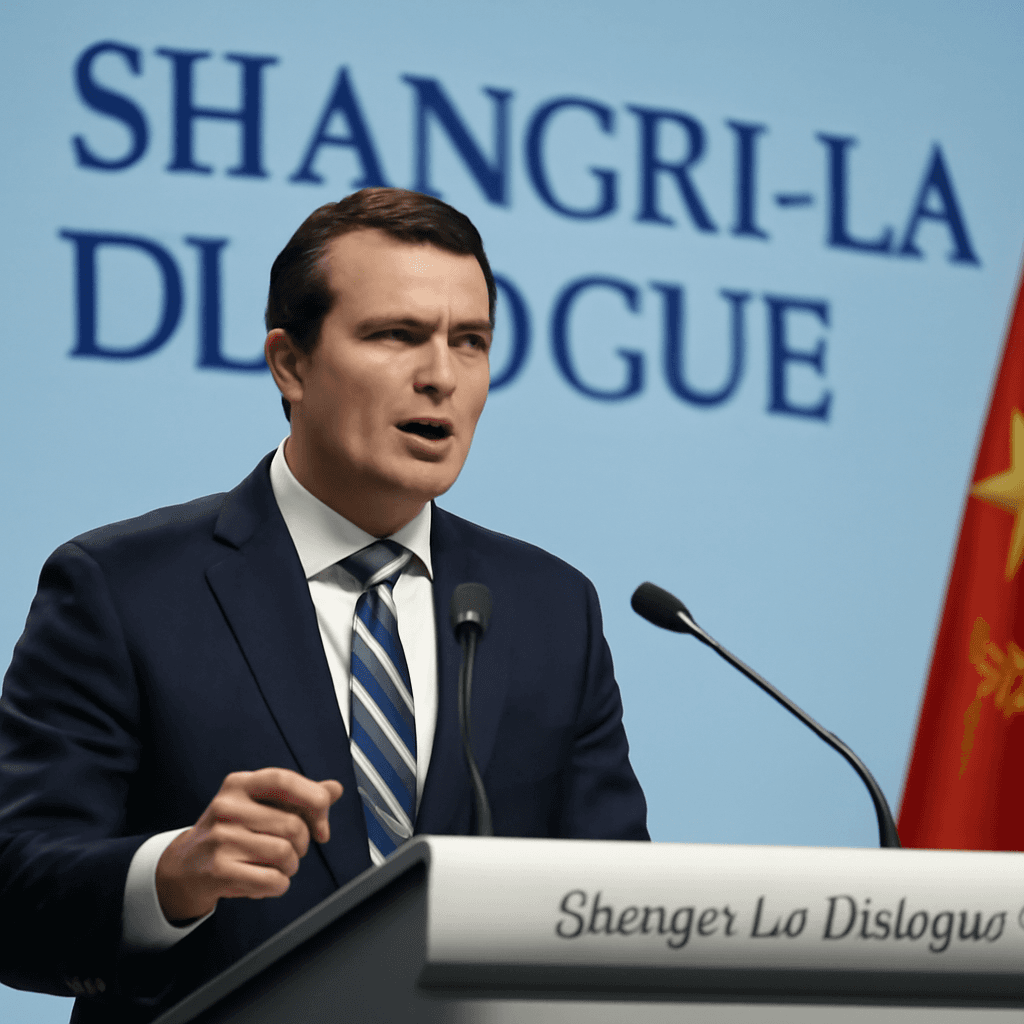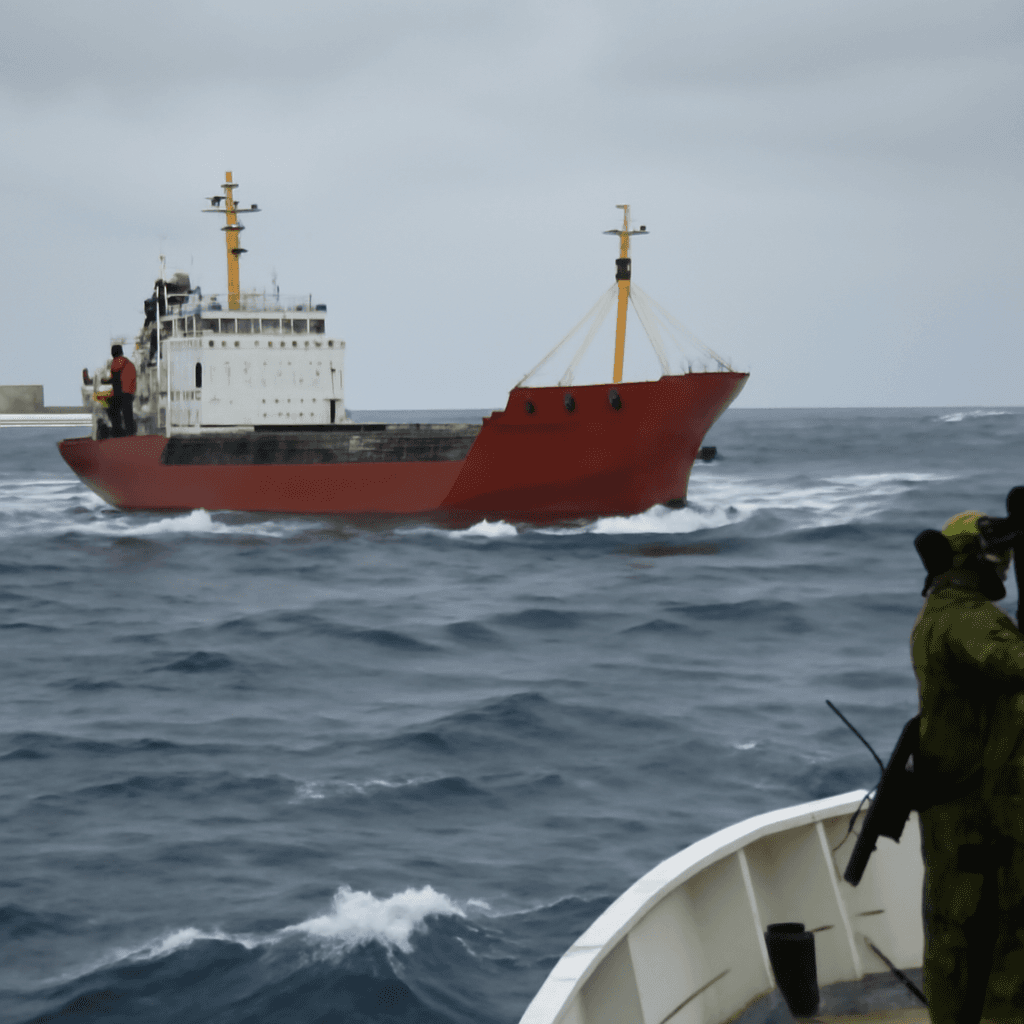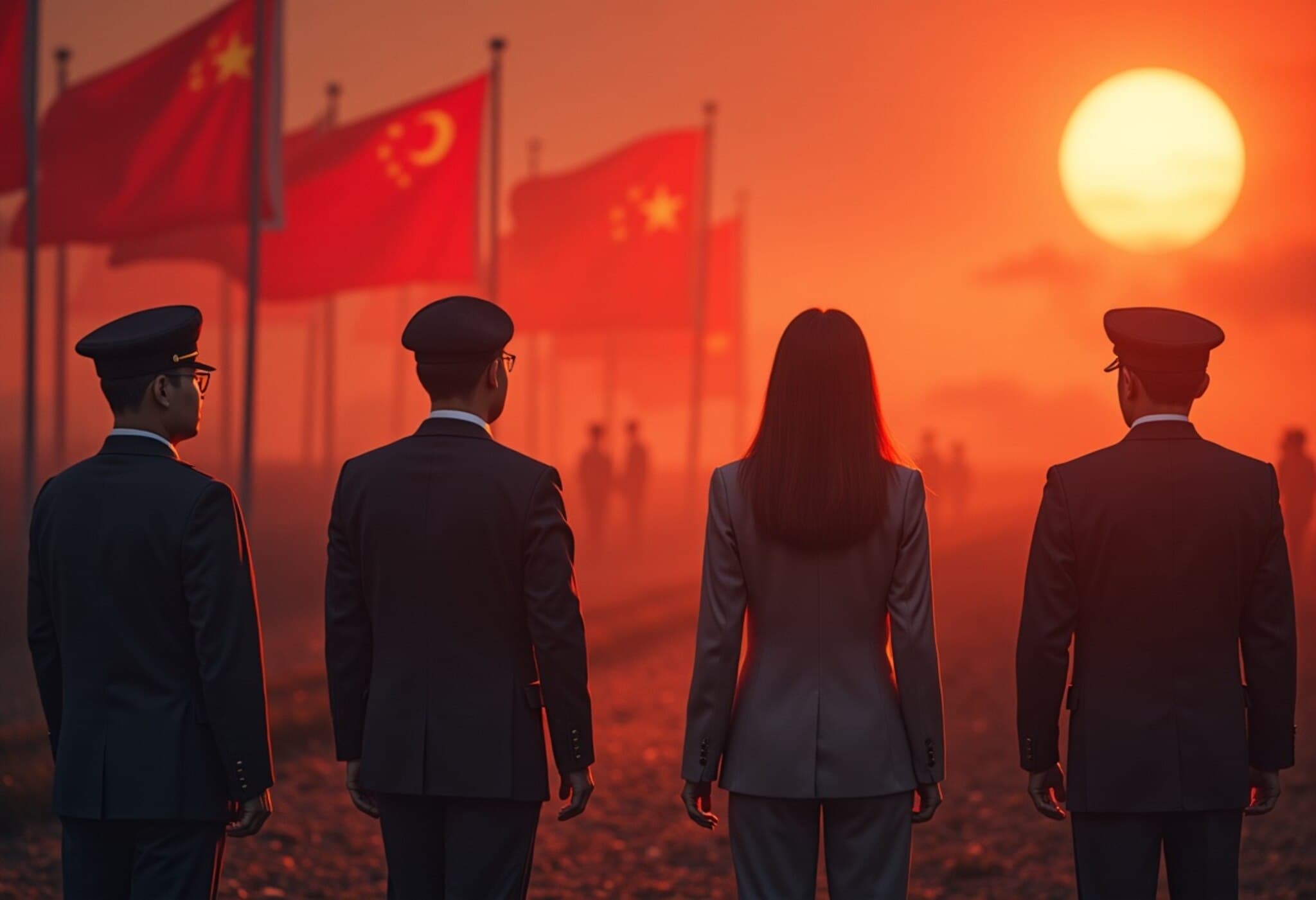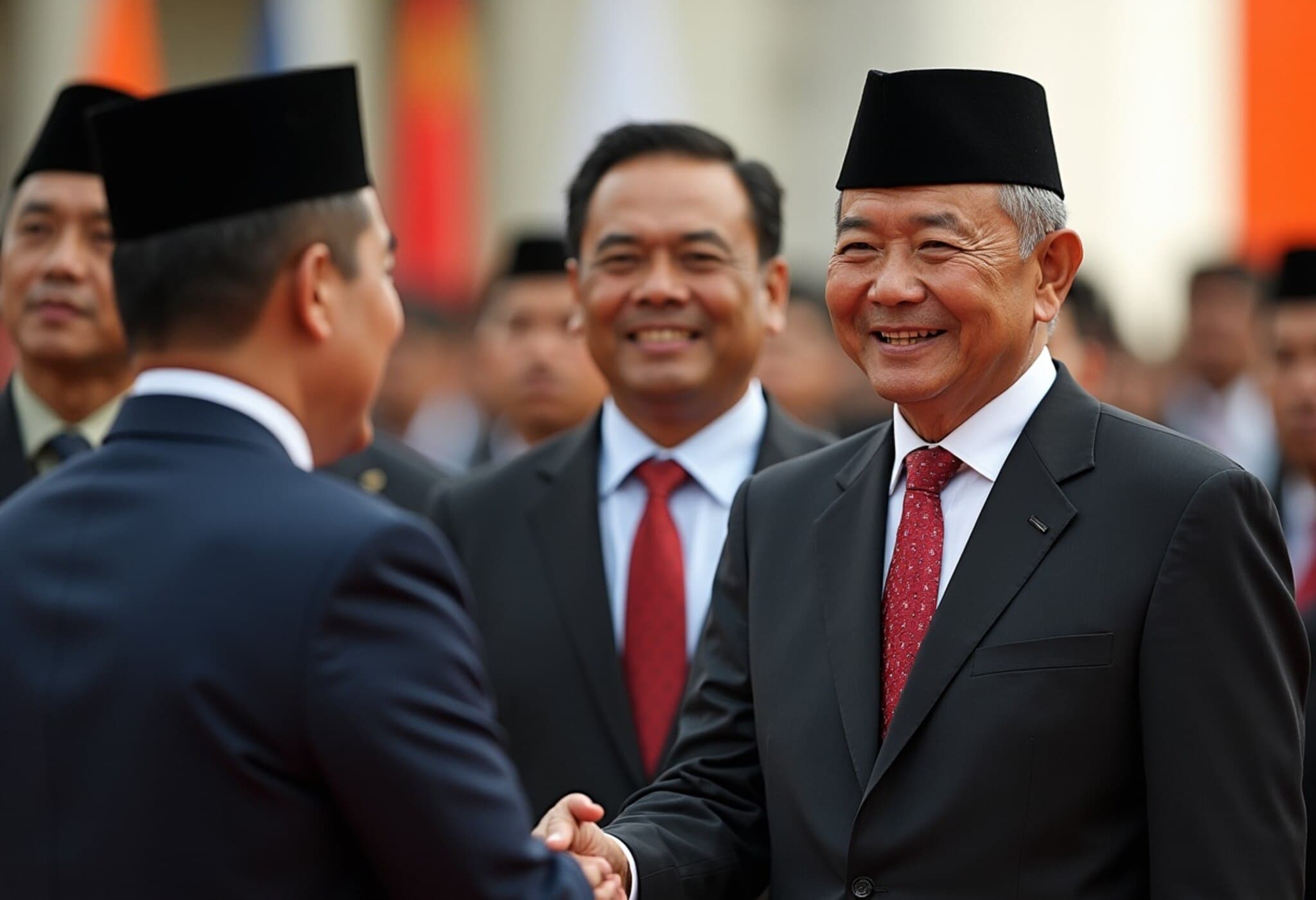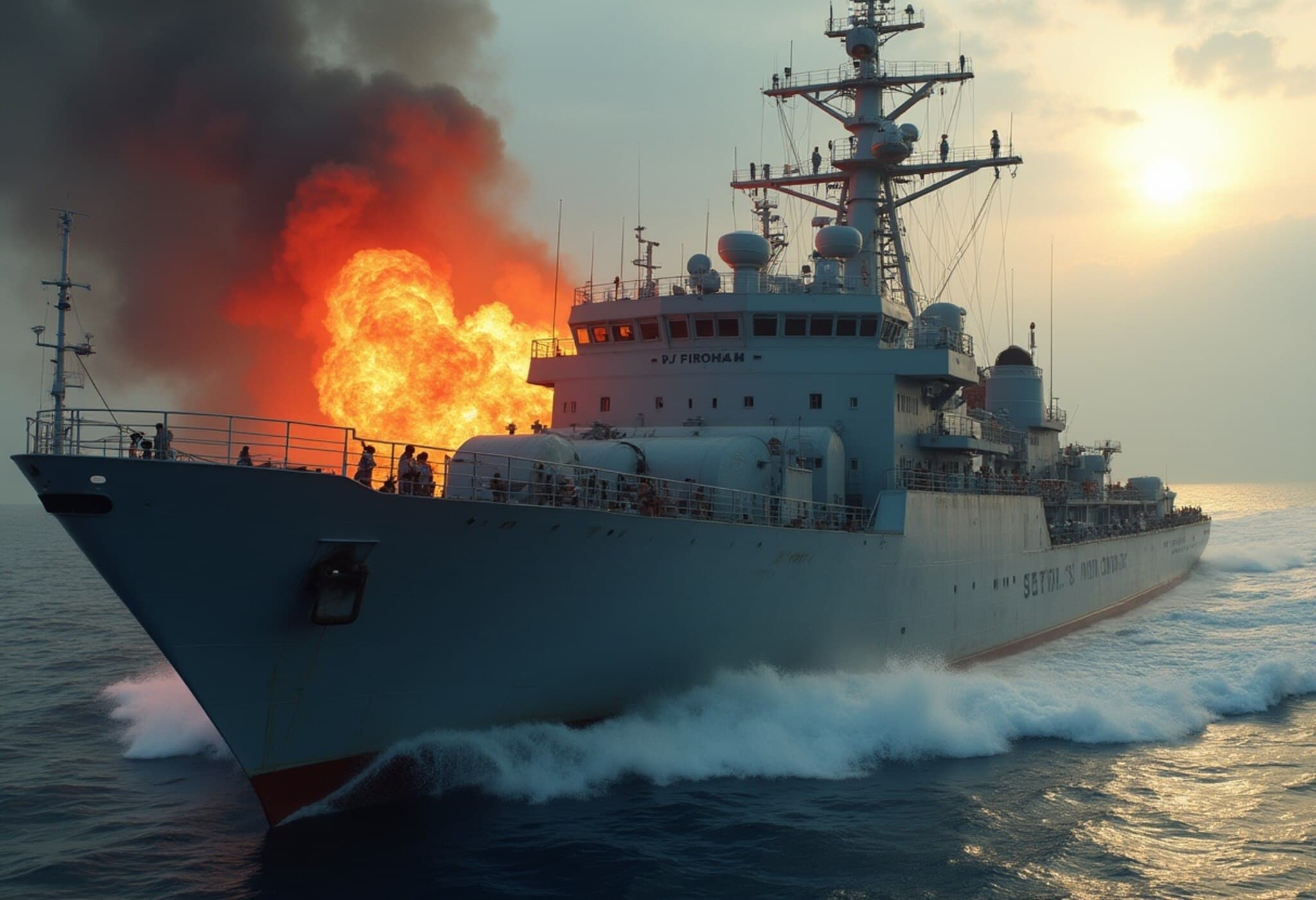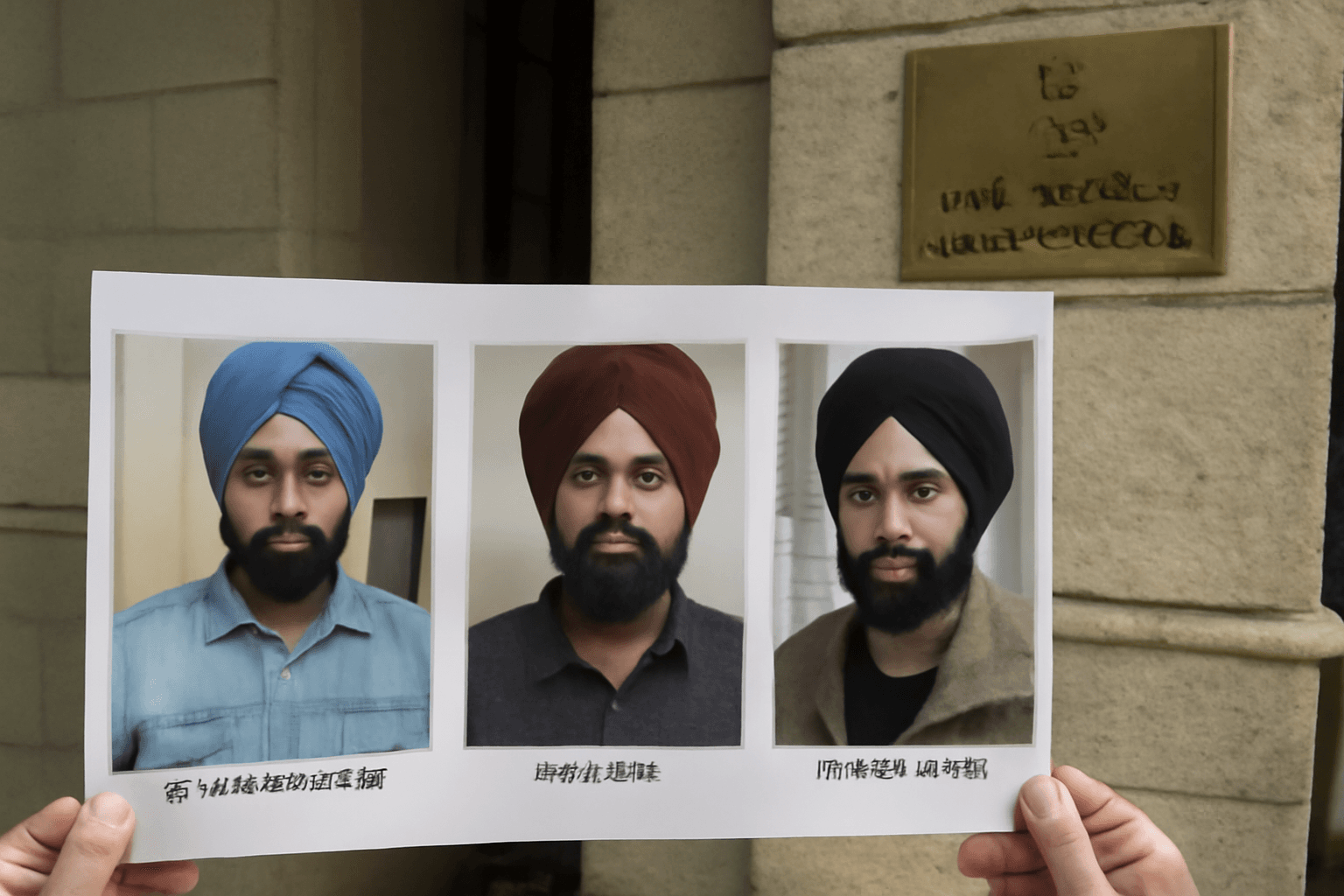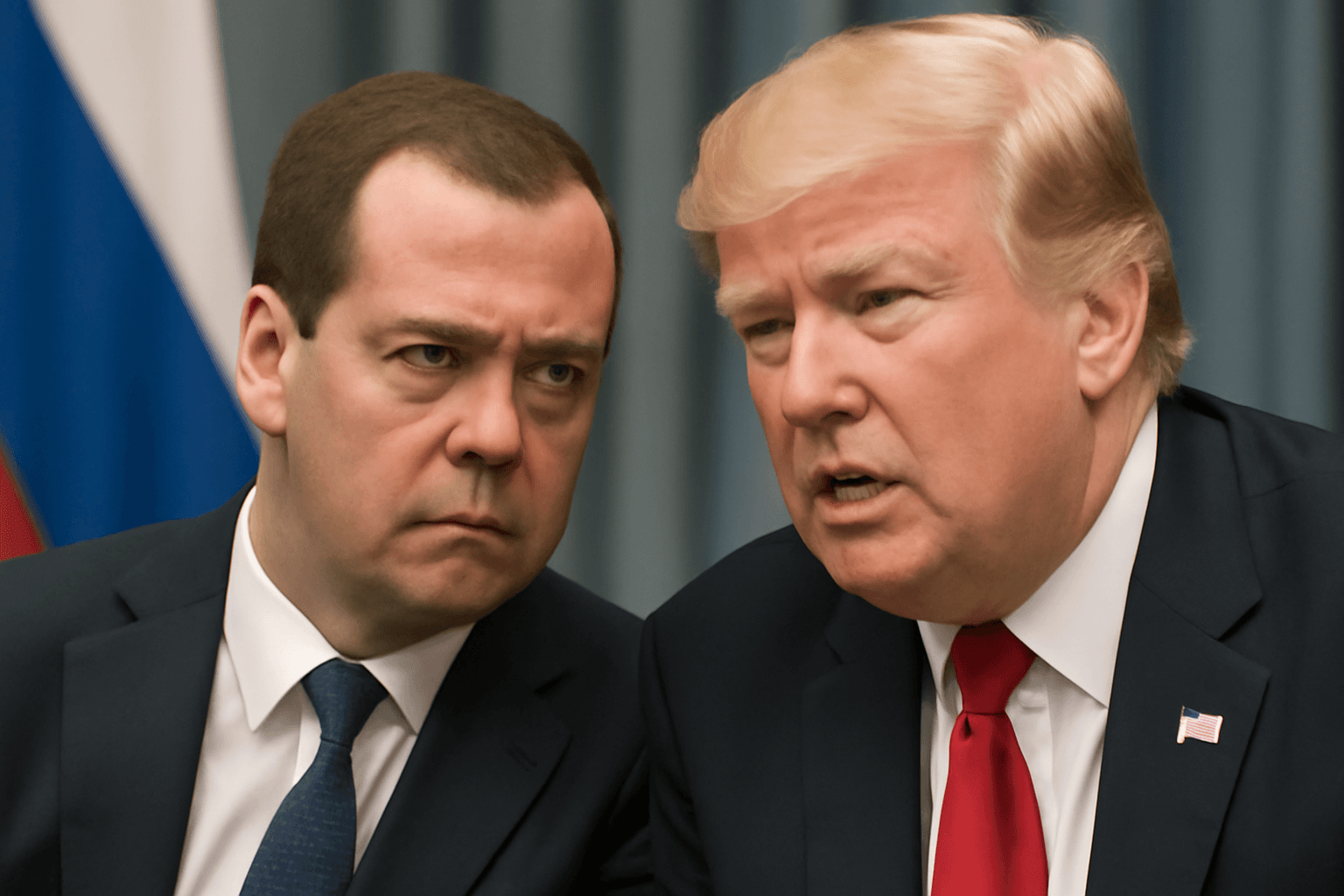Satellite images have confirmed the recent deployment of China's most advanced long-range H-6 bombers on Woody Island, located in the contested Paracel Islands of the South China Sea. This marks the first time since 2020 that these upgraded bombers have been stationed on the island amid escalating regional tensions.
The presence of the H-6 bombers coincides with heightened diplomatic and military activities in the region, including disputes with the Philippines, ongoing operations near Taiwan, and the upcoming Shangri-La Dialogue security forum scheduled in Singapore. The deployment is viewed by defense analysts as a strategic signal by Beijing, asserting its expanding military reach against multiple regional actors including the United States and the Philippines.
According to Collin Koh, defense expert at Singapore's S Rajaratnam School of International Studies, China's stationing of these bombers on Woody Island serves as "omni-directional signaling" in the context of regional security challenges.
Additional satellite data from Maxar Technologies revealed two H-6 bombers on the runway of Woody Island on May 19, alongside two Y-20 transport aircraft and a KJ-500 early warning plane — crucial for managing complex air and maritime operations. Analysts suggest the bombers may have arrived around May 17 and stayed through May 23.
Although the H-6 bomber's design traces back to 1950s Soviet-era models, China has extensively modernized these aircraft with enhanced engines, advanced avionics, and the capability to carry sophisticated anti-ship, land-attack cruise missiles, and potentially nuclear-tipped ballistic missiles. This modernization makes the H-6 a significant threat to U.S. bases and allies in the Western Pacific.
Notably, China’s Southern Theatre Command operates two regiments of H-6 bombers, typically housed at mainland fortified bases to ensure protection from aerial threats. Deploying them on offshore islands such as Woody Island enables rapid force rotation and enhances operational flexibility.
The deployment also coincides with increased U.S. and allied military presence in the area. A British aircraft carrier is expected to enter the South China Sea next month, and U.S. Defense Secretary Pete Hegseth’s recent visit to the Philippines reaffirmed America’s "ironclad commitment" to its treaty ally.
The South China Sea remains a hotspot due to overlapping territorial claims by multiple nations including China, the Philippines, Vietnam, Malaysia, Brunei, Indonesia, and Taiwan. China’s sweeping sovereignty claims have been rejected by an international tribunal ruling in 2016, which Beijing continues to repudiate.
Requests for comment from both China’s defense ministry and the Philippines’ maritime and national security authorities have so far gone unanswered. Vietnam’s foreign ministry also declined to comment on the matter.

